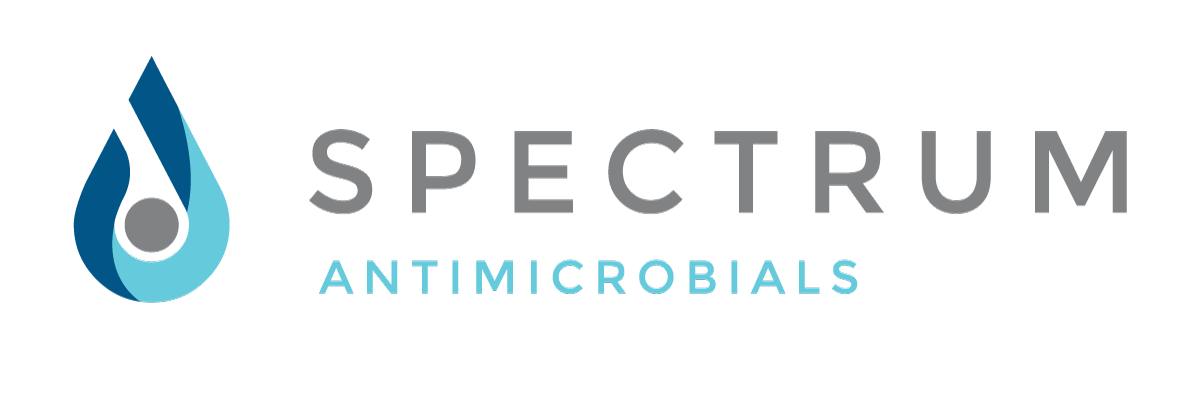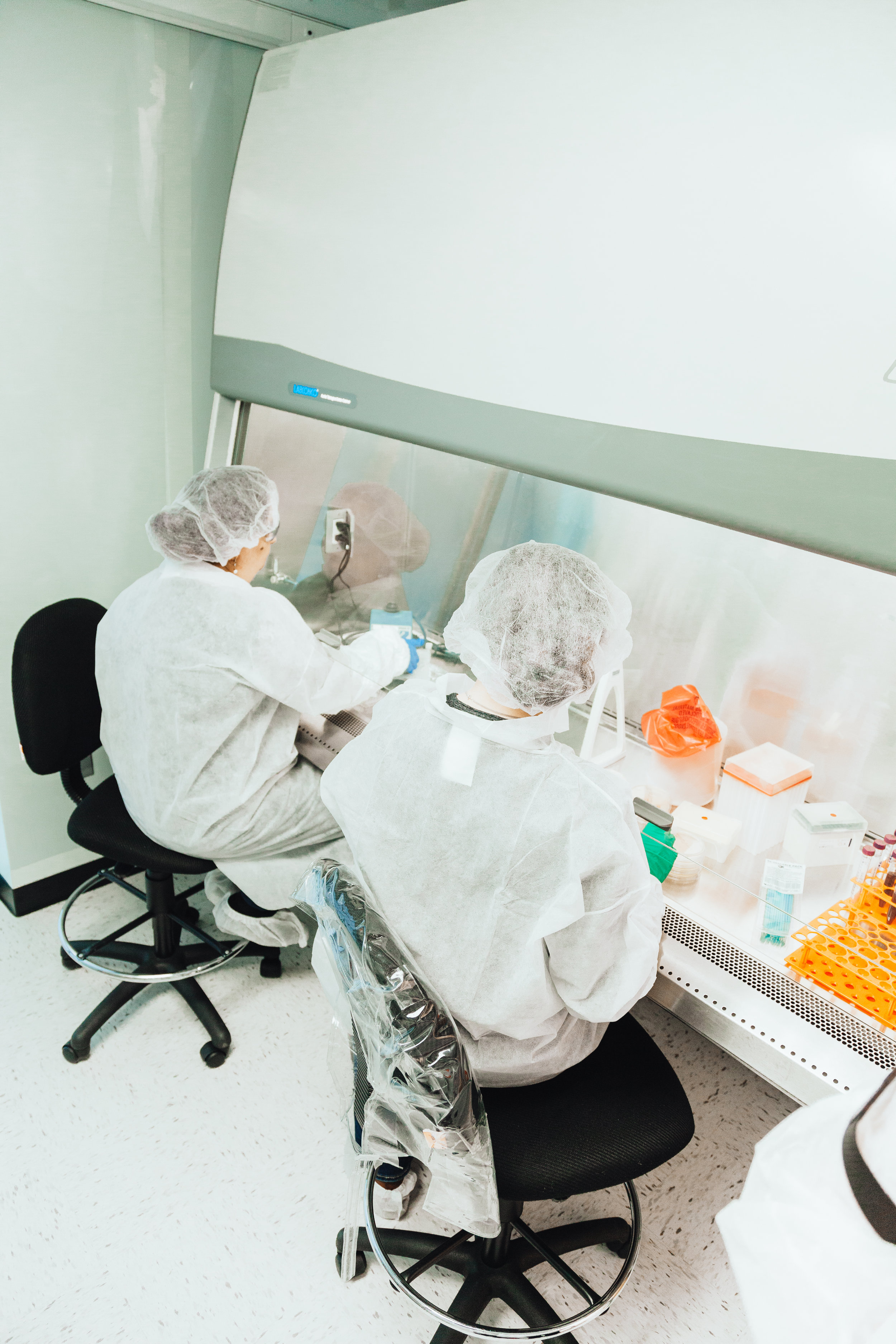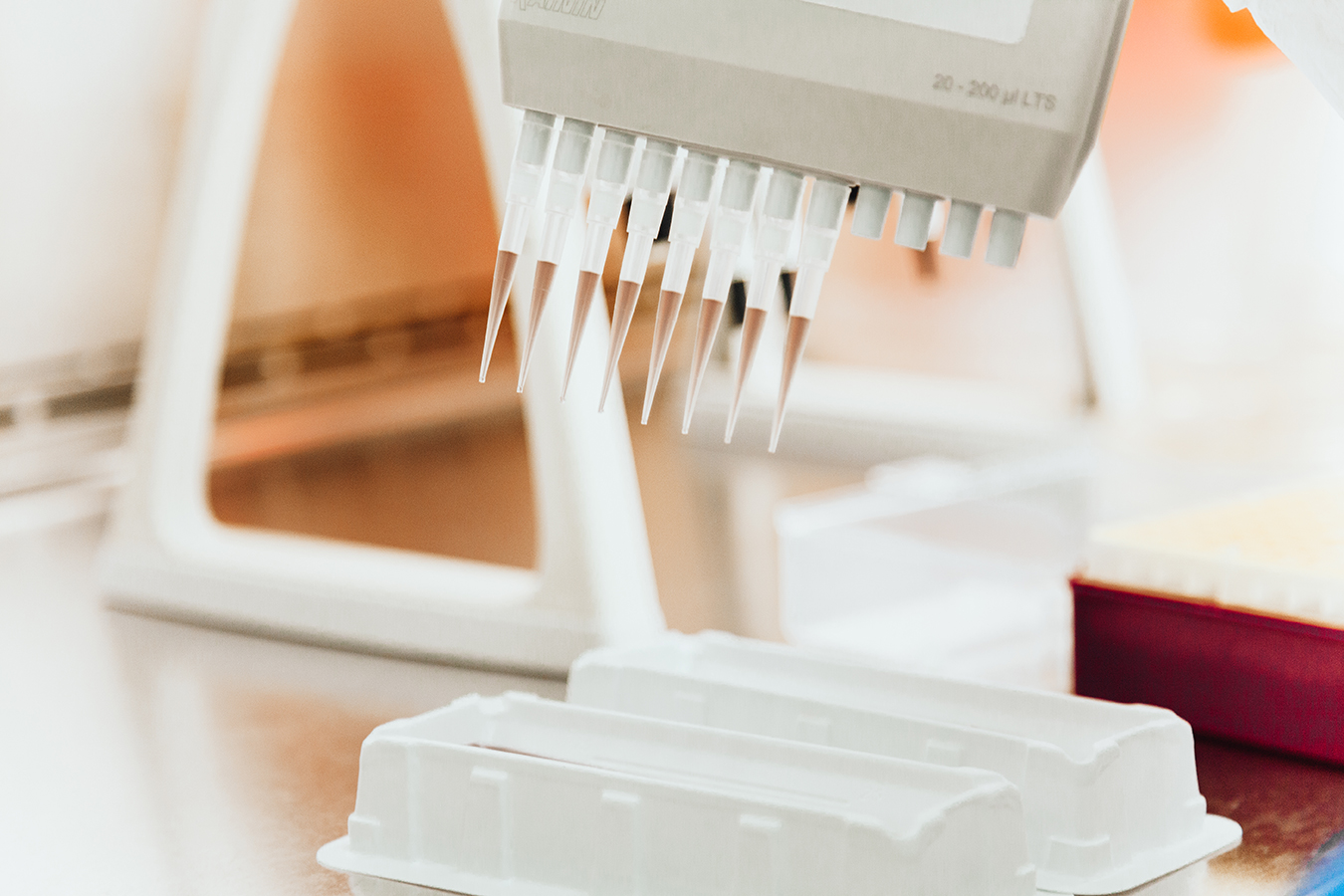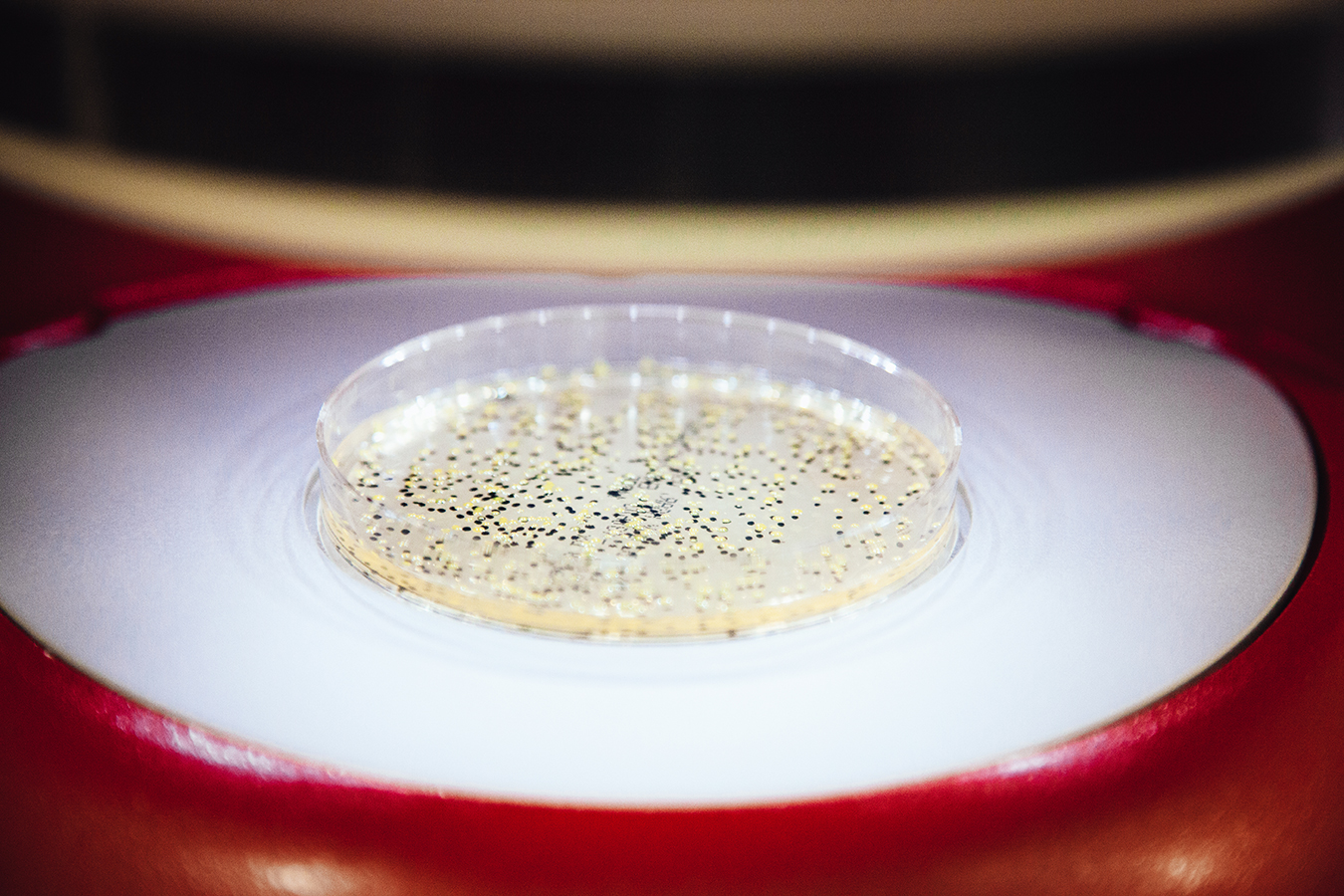Science
Hoji Alimi (Founder, CEO) was involved in development of the first stable pH neutral HOCl chemistries as early as in late 1990’s. His inventions enabled companies such Oculus Innnovative sciences, Inc. (currently Sonoma Pharmaceuticals) to become the leader in innovation of early formulations of stable pH neutral HOCl products (Microcyn 60, Microdacyn, Puricyn and Dermacyn). The products were used in treatment of more than 20 million patients worldwide and tested in more than 38 clinically trials around the word. The most prominent trail was the controlled randomized and double blind human trial in the U.S. which was conducted under an IND in 2007. Sonoma Pharmaceuticals spin off (Ruthigen) also initiated a controlled randomized human clinical trial using a different formulation of hypochlorous acid (RUT-5860) in abdominal procedures for prevention of infections.
The 2000 and 2010 decades which followed Mr Alimi’s original work on HOCl chemistry was later filled with companies who ventured into the same arena and innovated HOCl chemistries as either drugs and or medical devices. The aftermath of the flurry of these innovations which included Novabay Pharmaceuticals, Puricore, realm Therpapeutics, etc. was clearly indicative of the three major shortfalls of hypochlorous acids;
I. It’s inability to gain patent protection as a molecule (Composition of matter chemistry)
II. It’s stability since many formulations lose 20%-80% of their HOCl within the first year of storage. The applicable stability requirement for drug product is less than 10%.
III. Distribution channel interruptions during winter seasons made it nearly impossible to ship product during freezing temperatures. Upon freezing, most HOCl product would become instantly inactivated.
IV. Lastly the failed human clinical trials emerging out of Novabay Bay Pharmaceuticals and Realm Therpaeutics was yet another alarming bell in the industry about the potential viability of HOCl as a drug therapeutic for better prevention and treatment of infections.
Therefore, rather than a therapeutic, the use of HOCl became limited to a wound cleanser status in The U.S. with HOCl acting as its main preservative.




